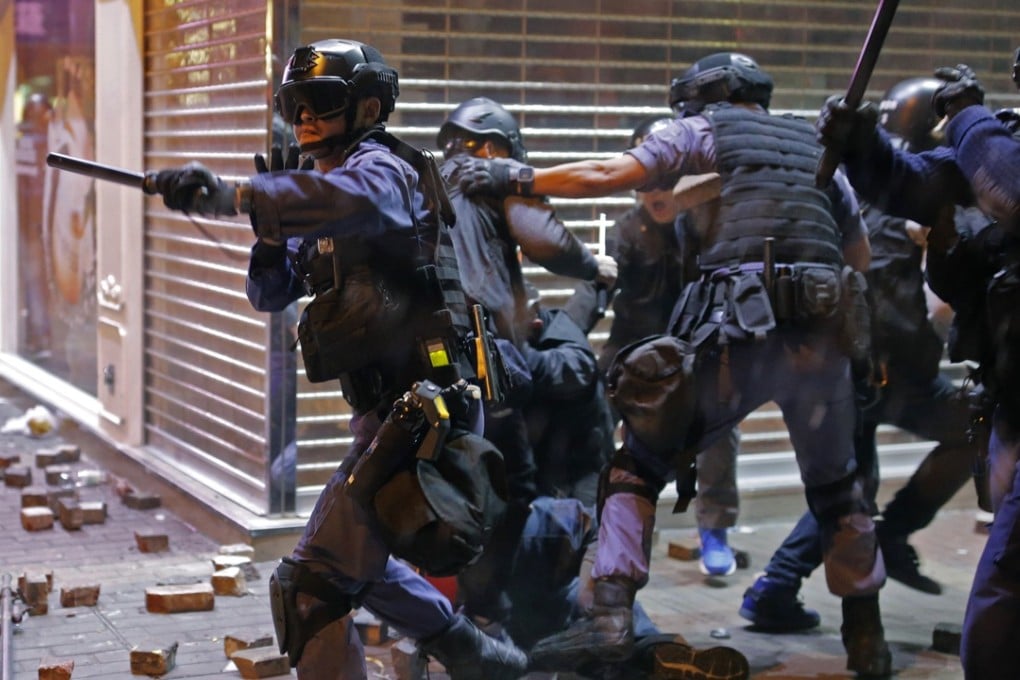Mong Kok riot highlights Hong Kong police’s intelligence and response failings, former senior officer says
Questions asked about how police responded and why they didn’t see trouble coming

As the dust settles in riot-hit Mong Kok and dozens of suspects are rounded up following the violence earlier this week, questions are being asked about how the police responded and why they didn’t see trouble coming.
One former senior officer claimed that an understandable switch of focus which has seen manpower and resources ploughed into fighting crime and gathering intelligence in cyberspace may have taken the edge off traditional detective work, including the use of undercover agents in the field and the cultivation of informants.

READ MORE: The tradition of New Year food hawkers, and why Hongkongers are so attached to them
These splintered and marginal groups, which are seeking some form of independence for Hong Kong and campaign against what they see as the growing influence of Beijing in the city’s affairs, should be well-known to the police.
The senior ex-officer said: “If not before Occupy and certainly after it, it should have been a priority to make the right moves to make sure that good, solid, on-the-ground intelligence was flowing about what they were up to.
“That and the fact that Mong Kok has a well-established criminal underbelly should have meant that the force had the place sewn up, with eyes and ears everywhere. But that seems not to have been the case,” said the officer who spent more than 20 years in the force.

The force did not see it coming to be honest, or at least not that violent and irrepressible. They thought it would be like the so-called gau wu [shopping tour] protests staged in Mong Kok every night